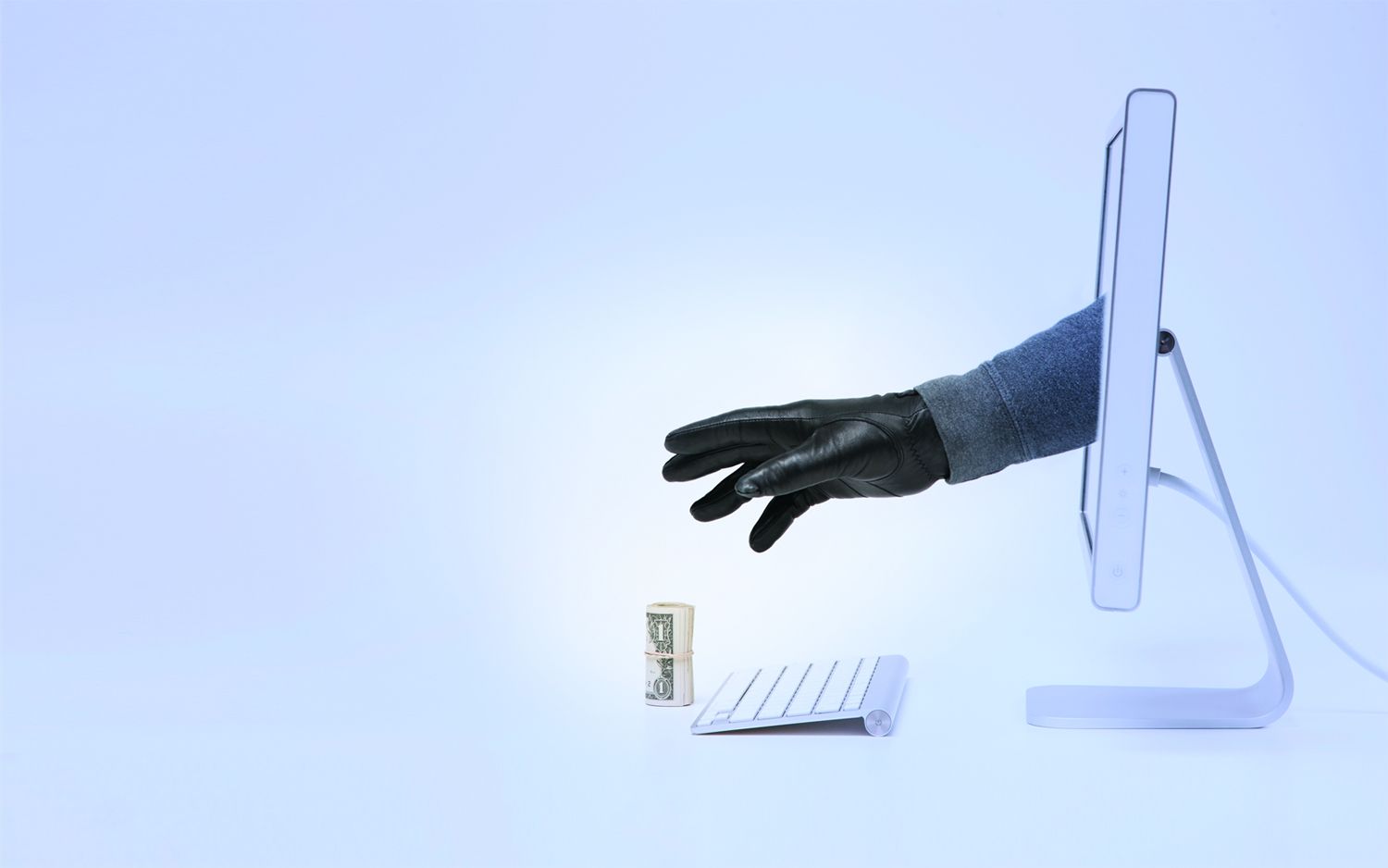When asking marketers what types of issues the industry is facing, there are going to be a lot of answers. Two answers, however, will quickly begin to be seen far more often than any of the others. Viewability and fraud.
Whether you’re talking to people just getting into the digital marketing game, or industry leaders, the answers are going to be the same. An article from DigiDay looked at what many people throughout the industry were saying, and why.
Unilever UK marketing and digital director Alex Tait, for example, said, “One of the ways we can evolve is to ensure that we only work with vendors who work with our standards of viewability.”
On the other, an executive who wanted to remain anonymous commented on the heavy focus on viewability saying that it is, “a red herring that fails to address the pervasiveness of fraudulent traffic.”
The problems for advertisers are evident. If you are investing on a CPM basis, you cannot be sure how many of the impressions you are paying for are from a human and how many are from a bot. This results in advertisers paying for human impressions they never actually received. Conservative estimations predict the total cost of fraud could stand at USD$50bn by 2025.
Comments like this are quite common throughout the industry with some people thinking the focus needs to be on one area, and others on the other. The fact is, however, that this really shouldn’t be an either/or proposition. Good at networks should be able to invest in fixing both of these problems, and marketers should be demanding just that.
In fact, reducing either of these issues will have a positive impact on the other. If an ad network can do a better job at improving viewability, it will make it more challenging for fraudsters to take advantage of the situation. When fraud is reduced, ads will have a better chance at being seen, when looking at the overall percentages. It will also allow marketers to get more accurate numbers so they can make smarter decisions.
Given the size of the problem posed by ad fraud, it is perhaps surprising that there is no panacea. Attempts to combat the issue so far include the Joint Industry Committee for Web Standards’ certification in the UK, and machine learning to detect potential fraud-driven anomalies. However, it’s widely accepted that more needs to be done to tackle the issue. So, what extra measures are being taken?
– Third-party vendors: Publishers and buyers need to deploy monitoring tools. This will most likely be in the form of a third-party vendor, who will scan creatives a few times every hour, keeping an eye out for suspicious viewing activity. This is largely a matter of scale, as neither publisher nor advertiser has the time to analyse all of their own creative.
– Metadata: Using metadata from the app stores to execute strategic and safe buys is one possible route. Media buyers can leverage this metadata to ensure they only buy inventory on apps with high star ratings, which have over a certain amount of downloads and customer ratings. This signals a high-quality, legitimate app, which is less likely to be exposed to app-install or -engagement fraud. For this to work, stronger relationships between app stores and media buyers must be established.
– Transparent language: Codes of conduct, such as those adopted in Germany, are another step in the right direction. These require signatories to provide information on their data sources, data collection methodology, and policies. It also demands suppliers to install safety measures against ad fraud and provide the tools to check that fraudulent ads are excluded from the traffic. There also needs to be language placed into RFPs and IOs requiring publishers to identify all third-party sources of traffic.
In the end, regardless of which of these issues you think is worse, the important thing is to start moving forward with some real action on both of these problems. Whether the digital ad industry will actually take effective action or not is going to determine the future of this industry.




